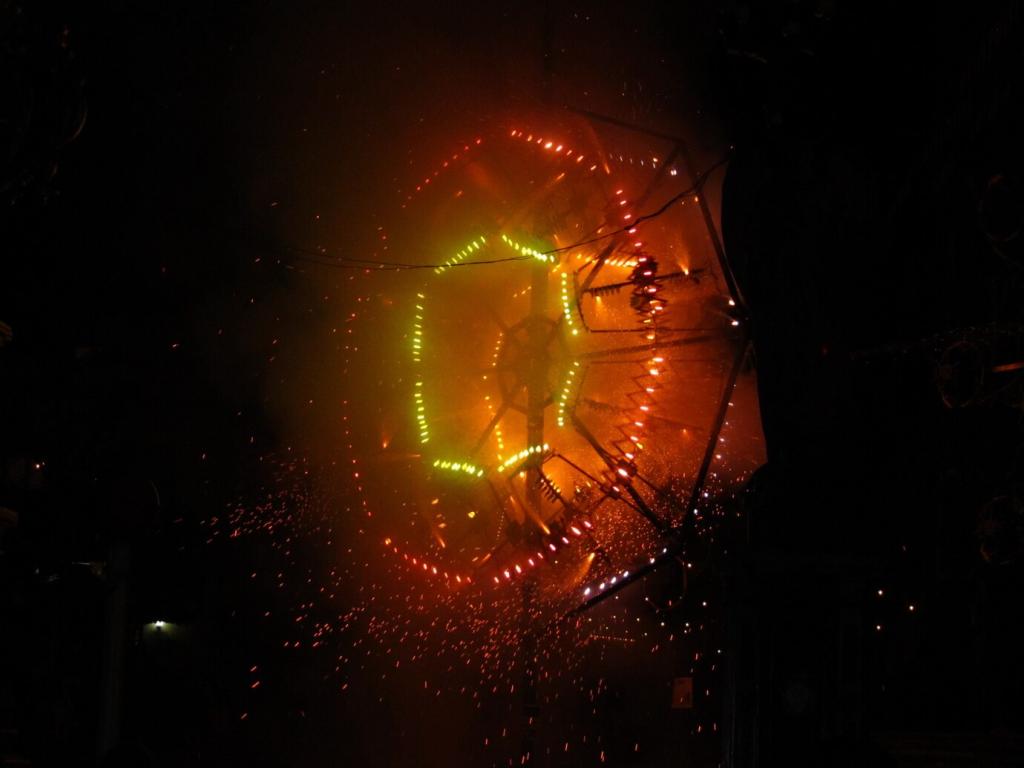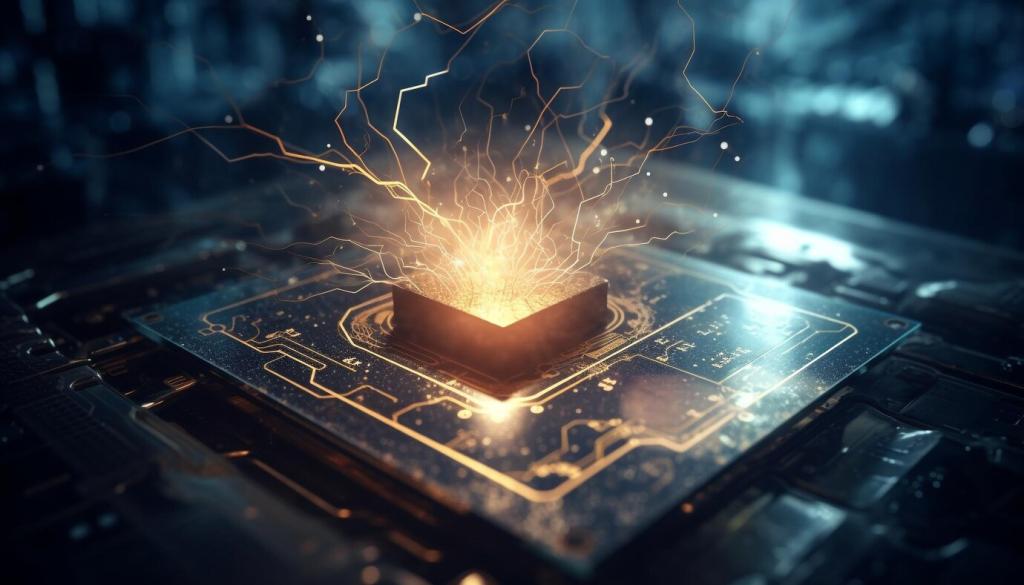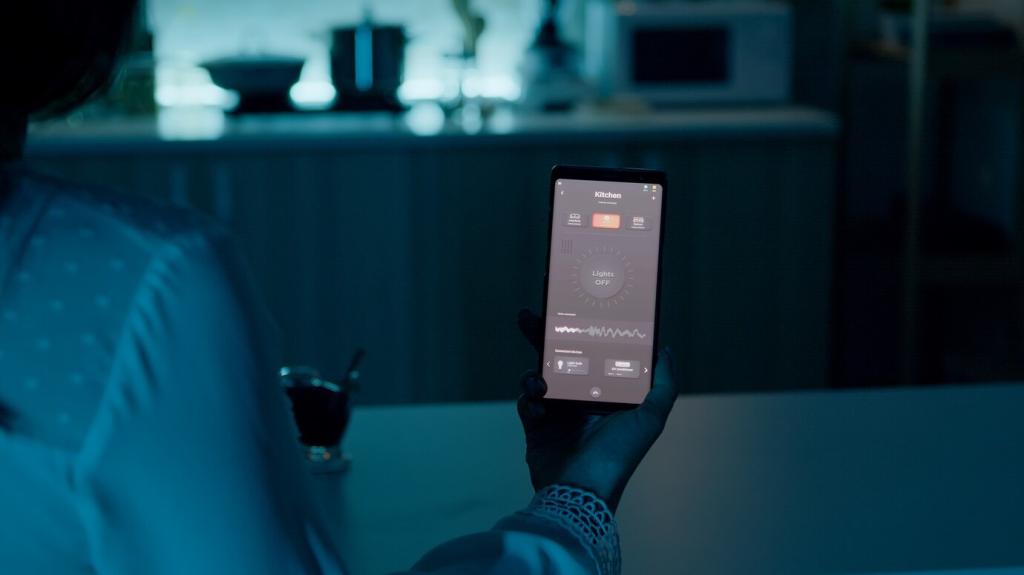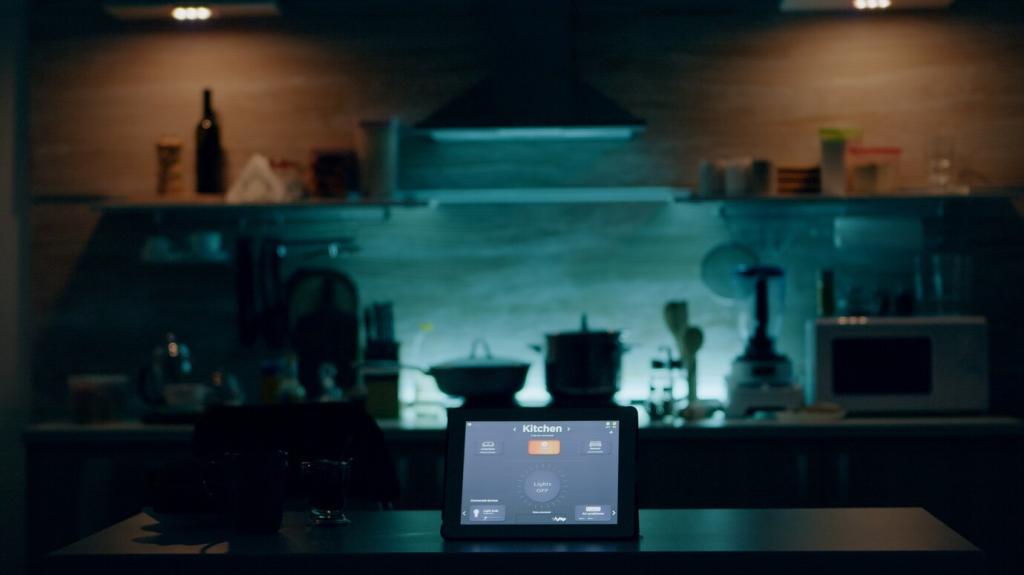Charge Smarter: Energy-Efficient Charging Solutions
Chosen theme: Energy-Efficient Charging Solutions. Welcome to a friendlier way to power up—less waste, cooler devices, and lower bills without sacrificing convenience. Join the conversation, subscribe for weekly experiments, and help shape our next deep dives.
How Energy-Efficient Charging Works
Where the Watts Go
Every charger converts high-voltage AC into the DC your battery wants, and each conversion wastes heat. Understanding rectification, regulation, and standby draw reveals where energy leaks, so you can stop them.


Smart Algorithms, Smarter Flow
Adaptive charge curves taper current as voltage rises, reducing resistive losses and heat. Smart controllers schedule when lines are cooler, demand is lower, and renewable availability peaks, squeezing more useful energy into batteries.

Switch to GaN chargers with high efficiency at partial loads, pair them with short, thick-gauge cables, and disable always-on indicator lights. Together, these changes cut heat, idle loss, and unnecessary conversion steps.

Use smart plugs or built-in schedulers to align charging with off-peak rates or sunny hours. You’ll reduce grid stress, shrink your bill, and support cleaner generation without changing your daily routine.

After labeling outlets and setting schedules, Sofia’s monthly consumption dropped noticeably. Her laptop no longer idled overnight, and a GaN brick replaced an old adapter. She reported quieter fans, cooler batteries, and lower bills.
Electric Vehicles: Sipping, Not Guzzling, Electrons
Level 1 charging is gentle but incurs proportionally higher overhead from cooling and onboard electronics. Level 2 often hits a better efficiency sweet spot, while DC fast shines on trips yet suffers tapering losses.
Lithium-ion packs accept energy more efficiently when preconditioned within their optimal temperature window. Use the car’s preheat feature before plugging in, especially on cold days, to shorten sessions and minimize conversion and thermal waste.
Pair your charge window with rooftop solar, and consider vehicle-to-home readiness for emergencies. Emerging standards like ISO 15118 enable Plug & Charge and future bidirectional coordination, making each kilowatt-hour work harder for you.

Phones, Laptops, and Wearables Done Right
Charging rapidly to eighty percent, then gently topping off, reduces heat and losses versus a full-speed sprint to one hundred. Set limits where possible, and avoid deep overnight trickle that wastes standby power.
Measure, Monitor, Improve
Track kilowatt-hours with smart plugs or the charger’s app, and calculate watt-hours per full device or per mile. Baselines reveal gains from schedule tweaks, cable swaps, and firmware updates you might otherwise miss.


Bidirectional and Beyond
Vehicle-to-grid and vehicle-to-home turn batteries into flexible assets, smoothing peaks and monetizing stored energy where programs exist. Efficiency-aware inverters will minimize conversion steps, improving round-trip performance and shrinking the footprint of resilient homes.

AI That Schedules While You Sleep
Machine learning can anticipate commute patterns, weather, and tariffs, then schedule efficient, low-impact charging automatically. Join our newsletter to watch pilots roll out and learn how to enable these features safely.

Standards and Interoperability
Open protocols like OCPP for stations and growing home standards such as Matter Energy improve coordination, enabling efficient load sharing and transparent reporting. Follow us to stay ahead of compatibility updates and practical deployment tips.
Join our mailing list
